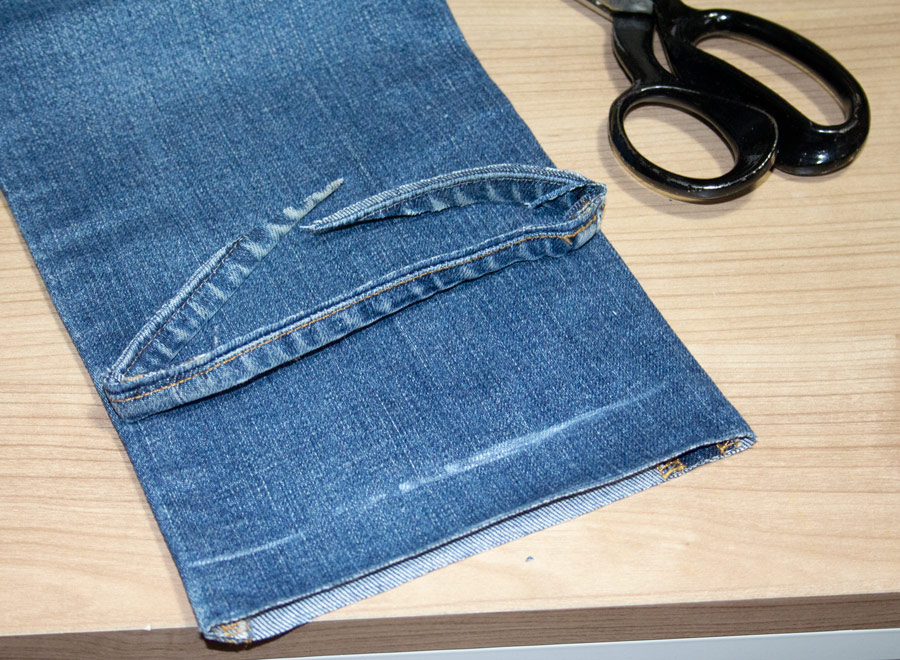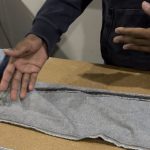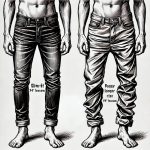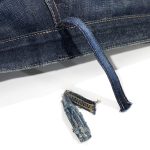
So you splurged on that vintage-looking pair of Gap 1969 jeans. They are everything you were looking for, but about 4-to-5-inches too long. Now what? You don’t want to wear them rolled with a huge cuff – or even have them stacking over your shoes. You want to make them one of your go-to jeans, so you need them to fit right. Here’s how you can make that happen: With fast professional chainstitch denim hemming service that’s available from any city or town in the USA! We make our alterations services simple and both affordable and easy to execute. Read on to learn how we can help you achieve the perfect fit:
What is a Chainstitch Hem?
A chainstitch hem is a technique used in most jeans. It’s a fairly common and durable stitch that is found on most jeans. As seen on the above pair of Gap 1969 jeans, you’ll want to ensure when shortening your inseam, the jeans have the same style of sewing as the original store-bought jeans. That’s with chain stitching and thick, heavy threads. Both are not options not usually found at local tailors, cleaners, and even department stores or a brand’s in-store alterations services. Read more on chainstitch hemming on our blog.
How to order Hemming from us
We receive and ship altered jeans, pants, and shirts from all over the USA. Sometimes, those seeking the very best denim services will ship us garments from other countries. We offer low-cost 2-way shipping options, so you can ship 1 or multiple items in an order for the same low price. With 2-way shipping, we email you a shipping within a few hours of placing your order, or the next morning when ordering after business hours.
Additional Rush Alterations Options to Consider
We offer RUSH and STANDARD SERVICE. The fastest is Same-Day while you wait. The next fastest is 1-Day Service. Our regular service takes about 5-to-7 days. Pricing for all services is listed on the ordering page.
The Catch-22 of Denim Hemming
Unfortunately, there are DIY techniques and non-professional denim tailors who offer what’s called an Original Hem alteration. They say you can retain the original pre-washed edge on the leg opening, but they don’t tell how bad your jeans will look on the inside or how you will lose the flexibility of the hem.

Final Words
Original hems are a bad idea. Don’t let anyone talk you into this style of alteration. We get lots of jeans sent to us with requests to undo this alteration and re-hem the jeans correctly with chain stitching.
The pre-washed edge on the leg opening, as seen on the section cut from Gap 1969 jeans comes back in time with washing and wearing. If you want to speed up the process, you can rough up the hem with sandpaper, a sharp blade, or an electric grinder for the shredded look. For fast fading, wet and wrinkle the hem, then rub in a small amount of bleach on the high points, and dip the hem in cold water to halt the fading. Machine wash the jeans after.














